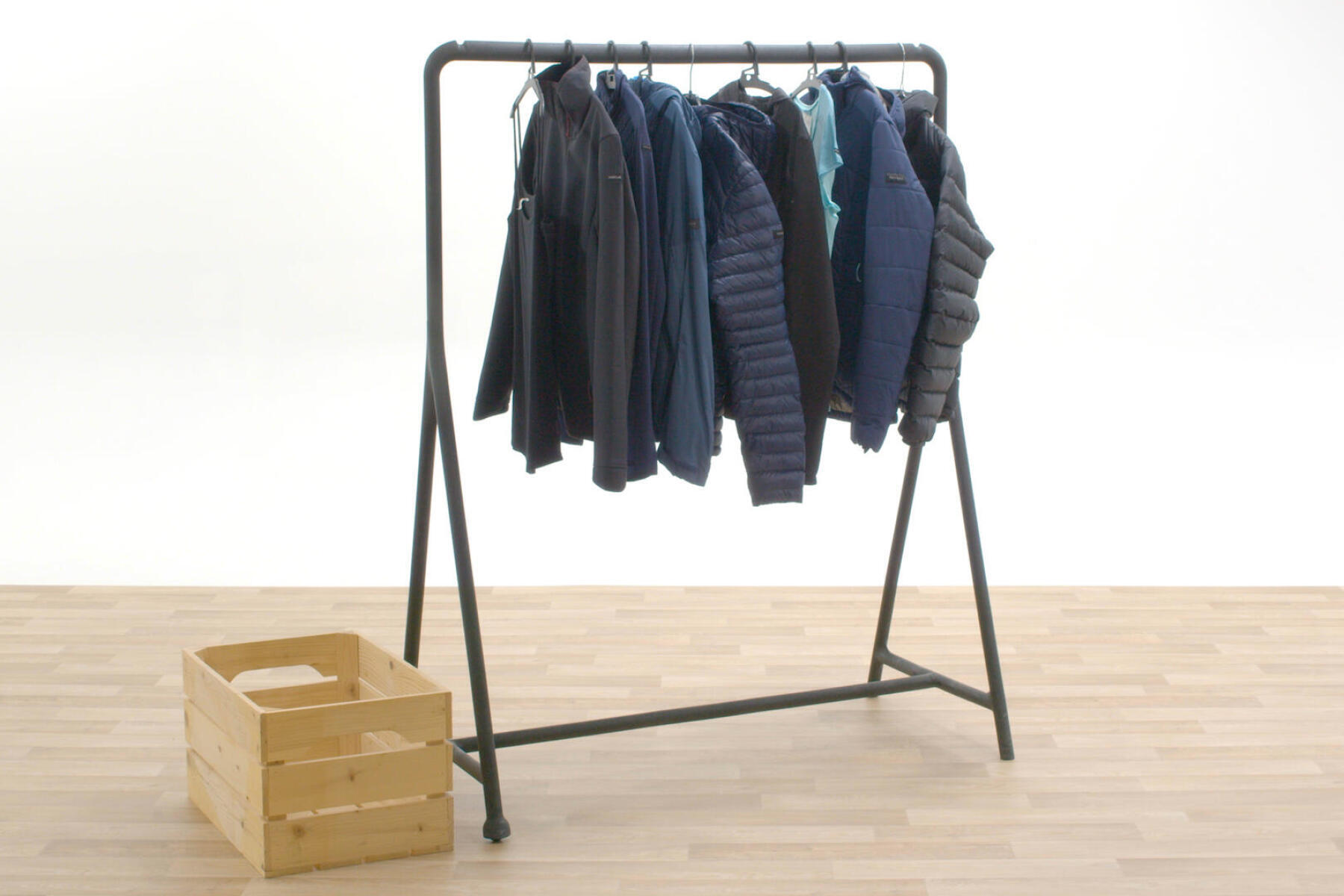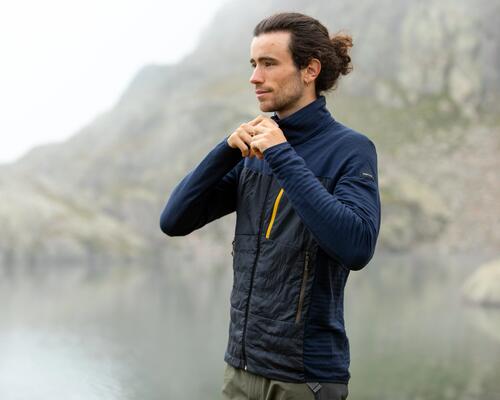How to wash and dry a feather down jacket while keeping its volume?
In general, it’s not recommended to wash a down jacket too frequently it is not recommended to wash a down jacket too frequently because each wash reduces the insulating and swelling properties of the feather.
Furthermore, looking after products containing feathers or down sometimes ends in disaster: feathers don’t tolerate water well and clump together when wet. We’ll explain how to avoid that!
The key word is: VENTILATION! The down needs to be ventilated or agitated at all stages of the washing process.
Here are 4 steps to properly wash a down or feather padded jacket:
- Pull up the zips of the down jacket and put it in the machine
- Add 2 or 3 tennis balls (ideally already a little worn to avoid losing the yellow threads) and other clothes in the drum of the machine
- Start a cycle at 30°C with a special down detergent or, at the very least, a liquid detergent for technical sportswear because conventional detergents contain enzymes, perfume and brighteners which can damage the water-repellent treatment and reduce the properties down insulation.
- Rinse twice and set to a very delicate spin cycle to avoid creating clumps of feathers
To dry a down jacket :
- The best method: the tumble dryer!
Put your jacket in the dryer along with 2 or 3 tennis balls and some clothes, then run 2-3 gentle drying cycles. Between each cycle, shake and tap the jacket to break up any clumps that have formed.
- No dryer?
No problem, you can hang your down jacket to dry on a drying rack, but you’ll need to shake it and turn it over regularly to avoid balls of feathers forming! Dry it in a dry place at room temperature (not on a radiator… as you’ll see! ).








